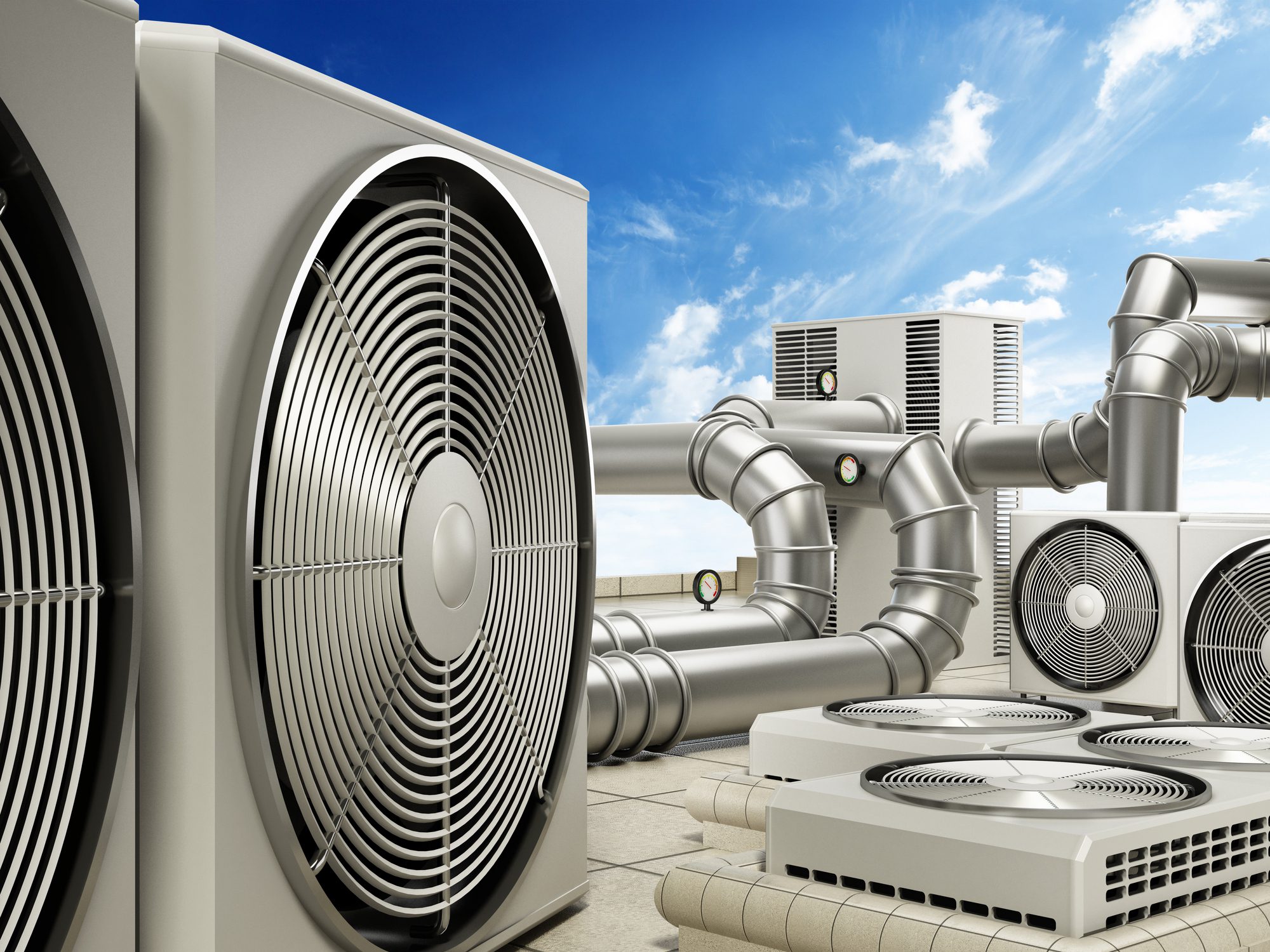A fire sprinkler systems design can be defined as an essential element that protects the residents from sudden fire attacks.

The growing concerns surrounding climate change and the need for sustainable building practices have put the spotlight on achieving energy efficiency and decarbonization in HVAC (Heating, Ventilation, and Air Conditioning) design. Low-rise residential buildings, such as single-family homes and small multi-family structures, play a significant role in the overall energy consumption of the built environment. This is where ASHRAE Standard 90.2 comes into play as a crucial guideline for designing energy-efficient HVAC systems.
ASHRAE (American Society of Heating, Refrigerating, and Air-Conditioning Engineers) Standard 90.2, formally known as ANSI/ASHRAE/IES Standard 90.2, is specifically designed to address the energy efficiency and decarbonization needs of low-rise residential buildings. The standard offers comprehensive guidelines for HVAC systems and building envelopes, focusing on reducing energy consumption and environmental impact.
Energy consumption in low-rise residential buildings has a significant environmental and financial impact. As these buildings are widespread, improving their energy efficiency can contribute significantly to energy savings and reduced greenhouse gas emissions.
The benefits of energy-efficient HVAC systems in low-rise residential buildings include:
To achieve these benefits, ASHRAE Standard 90.2 outlines several essential features and requirements:
The standard provides guidance on the minimum insulation requirements for various building components, including walls, roofs, and foundations. Well-insulated building envelopes reduce heat loss and gain, decreasing the load on HVAC systems.
ASHRAE Standard 90.2 establishes minimum efficiency requirements for HVAC equipment such as furnaces, air conditioners, and heat pumps. Meeting these standards ensures that the HVAC system operates efficiently.
Ducts play a crucial role in HVAC efficiency. The standard specifies insulation requirements for ducts to minimize heat loss or gain as conditioned air is distributed throughout the building.
Oversized or undersized HVAC systems can lead to energy waste. ASHRAE Standard 90.2 includes guidance on proper system sizing to ensure optimal performance.
Adequate ventilation is essential for indoor air quality. The standard provides requirements for mechanical ventilation systems, which can improve energy efficiency compared to natural ventilation.
In addition to prescriptive requirements, the standard offers a performance path that allows designers to use energy modeling to demonstrate compliance. This approach encourages innovation in achieving energy efficiency.
Compliance with ASHRAE Standard 90.2 offers numerous benefits, including:
As a company specializing in MEP (Mechanical, Electrical, and Plumbing) engineering, InnoDez is well-versed in ASHRAE standards and energy-efficient HVAC design. We understand the importance of achieving energy efficiency and decarbonization in low-rise residential buildings. Our experienced team can provide comprehensive MEP design services, ensuring that your HVAC systems meet the requirements of ASHRAE Standard 90.2 while maximizing energy efficiency and sustainability.
If you’re working on a low-rise residential project and want to integrate energy-efficient HVAC design, don’t hesitate to contact InnoDez. We’re here to support you in achieving your project goals while contributing to a more sustainable future.
About Author
InnoDez